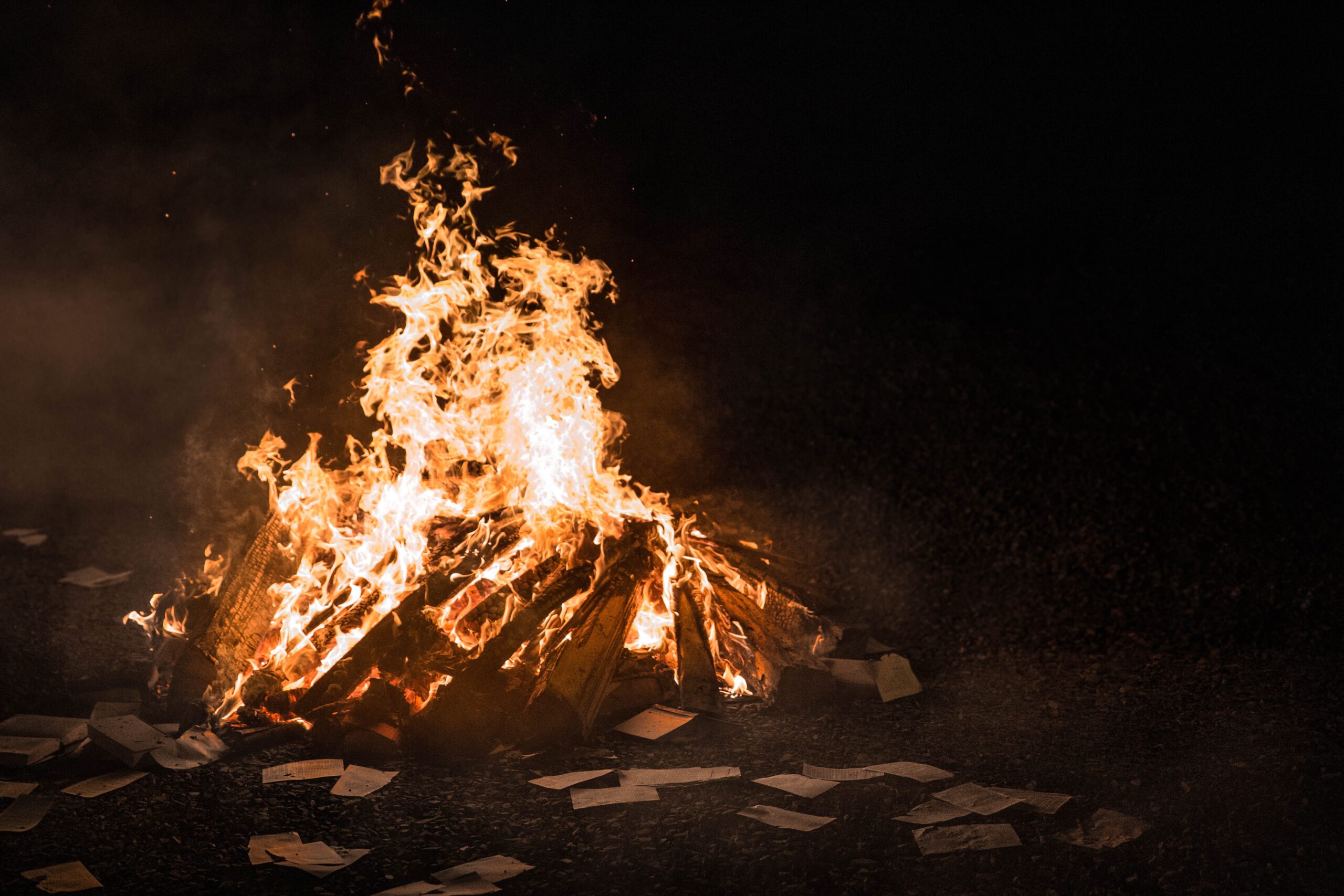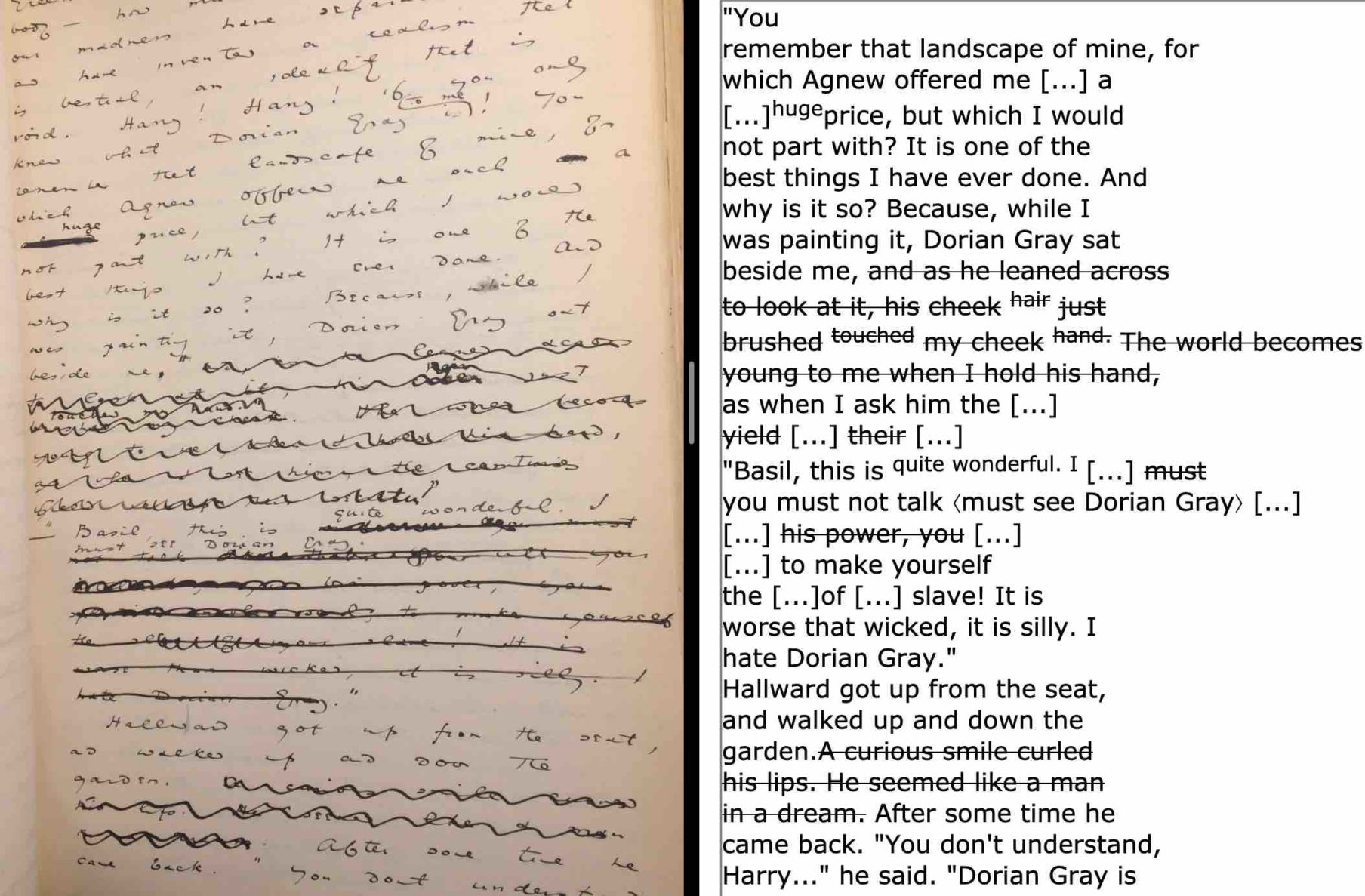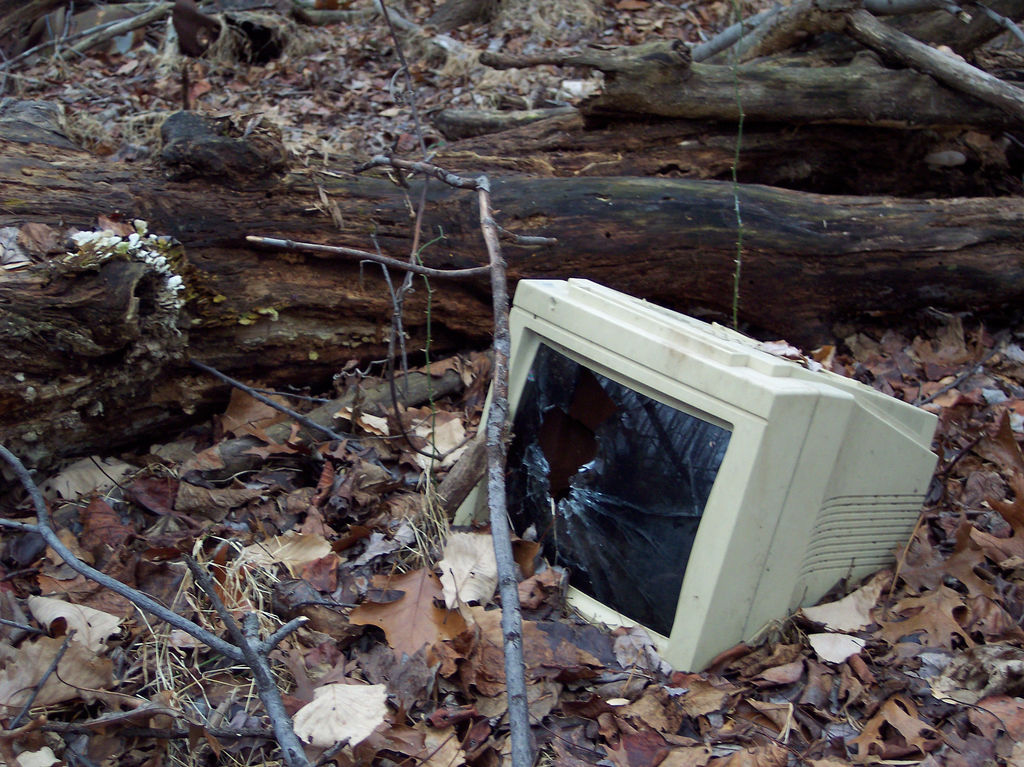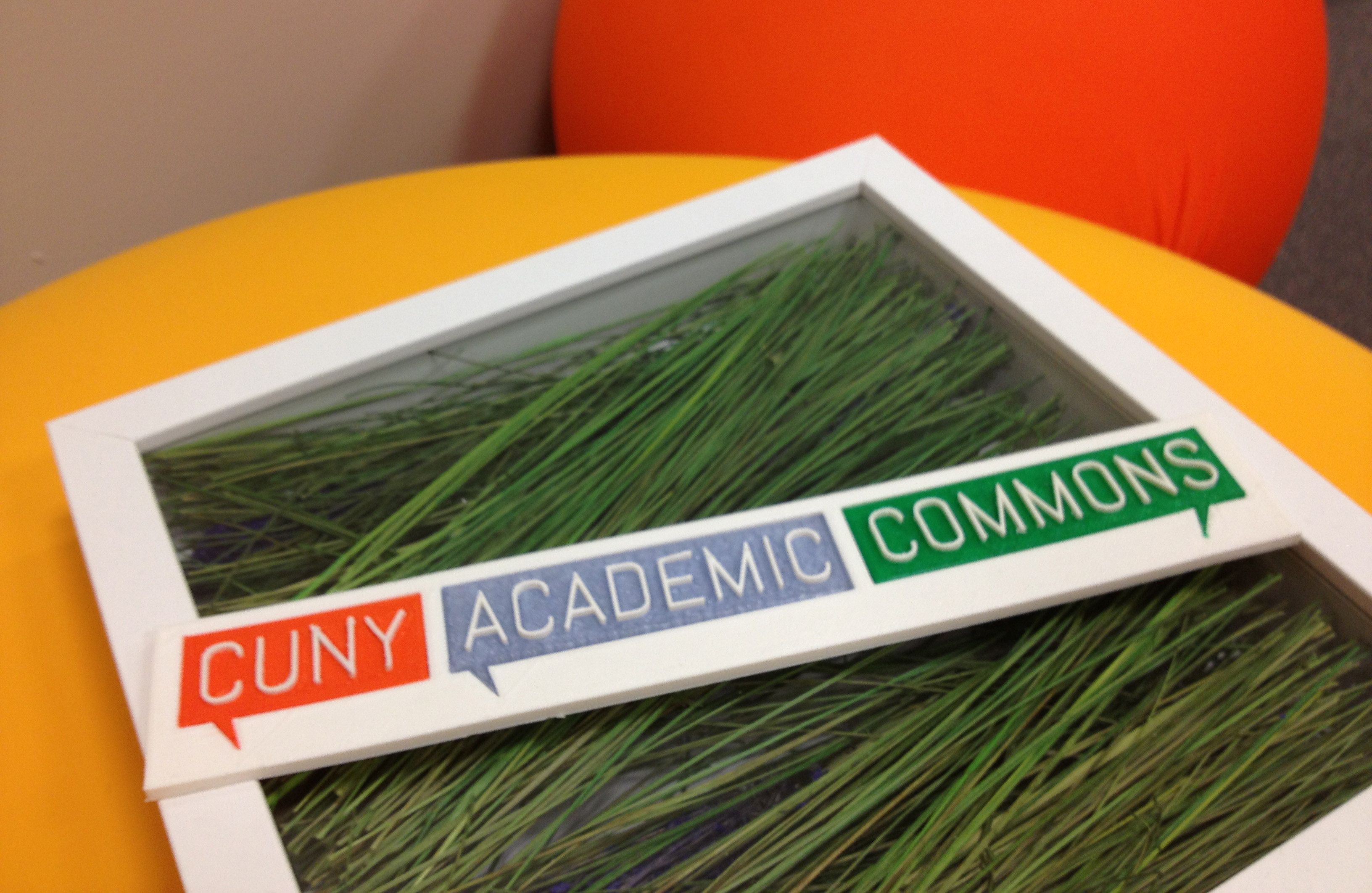
“The struggle of man against power is the struggle of memory against forgetting.”
– Milan Kundera
I was recently talking with a medievalist in the Graduate Center’s English program, Chris Buonanno, who remarked that vellum manuscripts of the middle ages which have survived did so partly because of the quality of the materials used for copying. Good quality parchment– that is to say, stretched, scraped and dried animal skins– could last for hundreds or even thousands of years and it was often the ink that failed first. Too acidic and the ink bleeds on the page, he told me, “not acidic enough and, again, the ink doesn’t ‘bite’.” There’s more than one way to lose a text; we can’t know for sure how many manuscripts in medieval Europe, for example, did not survive the many lootings, burnings and general wear and tear that makes up the more than five thousand years of history of printing practices that started with the reed papyri of the Ancient Egyptians. Being a book before the industrial revolution was a tough job: many modern printings of poems in Old English are slashed with ellipses merely because of damage to pages where not enough intact copies of the work survive into our own era.
Perhaps this doesn’t sound like a pressing concern to you. Today our priceless information is safeguarded inside aluminium cases, between transistors, silicon and inside copper wiring. Make a PDF of the Book of Kells and toss the original into the recycling. Keep all this in mind, of course, when a solar flare knocks out the undersea cables that allow data transfer across the Atlantic between Europe and the US, scrambling satellites and frying electrical grids. The last time this happened, in 1859, the resulting radiation burst caused telegraph wires to spontaneously burst into flames. Better yet, keep a cup of water by your desk in case a fire breaks out at your local data center, where an out-of-control blaze might, if you’re in the US, delay 11,00 flights and cause $350 million worth of deliberate damage, or if you’re in France, knock out 3.2 million websites in a matter of hours, including multiple government agency sites.
Scary right? But don’t start stuffing your freshly-minted punch cards into a shoe box just yet. These crises are rare: the next major solar flare is not expected for at least another 90 years, and server centers are only very rarely supervised by employees with easy access to gasoline who need compassionate mental health assistance rather than another day of work in the famously demanding world of air traffic and navigation control systems. Servers are almost always backed up, and IT infrastructure is becoming increasingly resilient at breakneck speed. What is more common of course, systemic even, is that in the age of information overload, simply keeping track of everything we might ever need to know is becoming a far greater challenge than finding space to store it.
We are approaching the ten year anniversary of the pronouncement that 90% of the world’s data was created in the two years preceding it. Despite this, or in fact probably because of it, we are losing data all the time. We are awash with bits. Those of us who work in digital worlds– which is to say 17% of humanity, and a lumbering 60% of the American workforce, are under siege from the threat of losing relevant information while digging our way out of a snowstorm of irrelevant data. More than half of us are now struggling to find the information we need within a two hour window, meanwhile we’re sending each other 332 billion emails a day.
Many of us are extorted into paying for– or are priced out of access to– proprietary information management and coordination systems such as the Slacks, Statas and Squarespaces of the world. The alternatives are hardly inspiring for the average bear: sell your personal data for temporary access to cheap and cheerful software owned by a murky and mysterious parent company, or scrabble your way up a precipitous learning curve in the hopes of assembling your own solution that won’t need regular maintenance, troubleshooting and manual upgrades in perpetuity. Anyone who has tried to manage a team via email only, wrangle statistics with open source code, or build their own website from scratch knows the risks involved in going it alone with your precious data.
So what does a quality preservation material look like? I spoke to Joshua Nierodzinski, an artist whose work involves applying layers of light-sensitive pigments to make paintings that reveal images under different wavelengths of light. His paintings can be X-rayed to reveal a new image, and are sold with an NFC tag that links to the NFT of the artwork itself– the digital record verifies the material and vice versa. A painting by Josh is a “poetic hard drive for human experience”, and he told me that even digital images can decay over time in a process known as “bit rot”, where the electromagnetic charge in a digitally-stored image eventually disperses: a single flip of one binary bit from 0 to 1 in a file of 326,000 bits can irretrievably corrupt 50% of the image. One of the best ways to preserve an image in fact is an archival pigment print on acid free paper – a process that would keep the image intact for 200 years if kept in an album. This is a lot longer than the range of a couple of decades which hard drives tend to offer, and orders of magnitude longer than the handful of years that a solid state drive can promise when left unplugged.
Of course material records are constantly under threat too– the prospect of losing priceless cultural material is a reality for curators, librarians and archivists in places like Iraq, where ISIS have destroyed 3,200 year old Assyrian city walls, in Mali where 14th century parchment manuscripts are literally under fire, and in Ukraine where ad-hoc preservationists are wrapping church statues in flame-retardant blankets.
This work is no longer the domain of specialists. People spend thousands of dollars (sometimes indirectly) on essential life skills such as reading, writing and numeracy in early years, familiarising ourselves with foreign languages or learning to drive in later years, and then investing heavily in our housing after that, whether in high rents for better-connected neighbourhoods and cities, or in capital-intensive renovations of existing homes. For some reason we don’t think quite as much about how well-housed our data are, or whether we have the necessary skills to manage all of it in a sustainable way.
Unlike our friendships, for example, we tend to think of building and maintaining our own IT infrastructure as a task that belongs to some anonymous technician– surely this is someone else’s job! we think, as we paw our way through a slurry of corrupt and oddly-formatted documentation with uncertain origins and authorship. Sure could be! But don’t forget they’ll set the price. A sanitation worker in New York City with five and a half years of experience earns more than a tenured professor– clearing away unwanted ephemera is a valued trade. Furthermore, these specialists cannot make every decision for us– do we keep every single photo of our adorable pets, or just the best ones? What counts as “best”? Merely saving everything is no longer going to work and we have to face the question of how to carefully preserve our artefacts as we methodically cast aside the junk.
The solution, to borrow a phrase, is simple but not easy. Learn the ropes, understand the risks, practice mindful deletion and get organized. Whether bringing an ancient birch bark manuscript or Walt Whitman’s Leaves of Grass to new audiences, by learning your own preservation techniques, you too can prevent forest fires– or start them yourself so that new saplings can grow in the clearing. Above all, be a storage omnivore with an understanding of context, ruthless enough to know when to scrap some data, experienced enough to know that fires are part of the process. We otherwise risk our data being destroyed by someone else’s “accident”, or simply lost through our own failure to stay organised in a world of routine atomic blasts of information. The line popularized by senator Elizabeth Warren in 2014 hits for activists and archivists alike: “If you don’t have a seat at the table, you’re probably on the menu.”
If you are a student or faculty at the Graduate Center, a great place to start with organizing your data is with a GCDI workshop. This semester we have such offerings as:
– Build a website with WordPress on March 15th or with GitHub on March 31st.
– Use Python to get a bird’s eye view on large bodies of text on March 24th
– Keep your geographic data in order with the open source program QGIS on Feb 10th
– Use Javascript to fire up and future-proof your websites on Feb 17th and March 3rd






